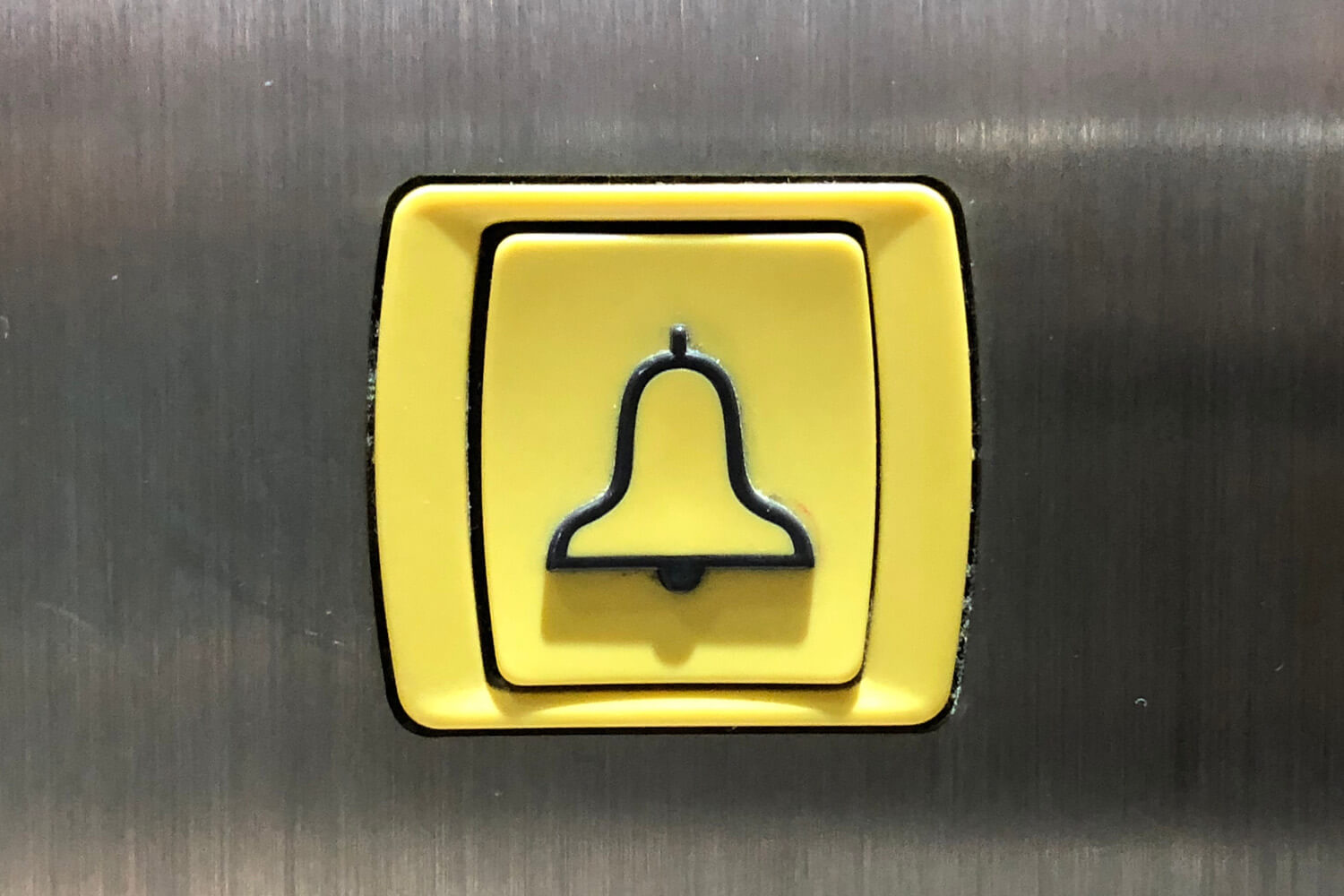The American Society of Mechanical Engineers (ASME) provides a safety code for elevators and escalators your building must follow to provide safe and code-compliant operation. The ASME elevator code updates relatively frequently, making training your property team on all the latest requirements challenging. Below, we discuss everything you need to know about the latest code revisions and team training strategies for ensuring safety and compliance in your operations.
New Elevator Code Requirements
In March 2019, the ASME enacted new elevator code requirements. ASME A17.1 covers the design, construction, installation, operation, inspection, testing, maintenance, alteration, and repair of elevators, hoisting and lowering mechanisms, power-driven stairways and walkways, and their associated parts, rooms, or spaces.
The latest revision covers a range of safety and accessibility standards. One major revision to the code is the new requirement for all buildings with elevators to provide visual communications systems. This version remains in effect as of March 2019.
The new elevator code requirement provides improved communication for hearing-impaired passengers and boosts safety for all building occupants, as video monitoring can improve resolution times during malfunctions and help agents aid passengers during emergencies. The documentation includes a range of additional requirements you can find by viewing the full catalog of standards.
Training Your Team on Elevator Code Updates
As the ASME elevator code evolves, you must train your building team on the updated mandates to ensure full safety and compliance in your operations. Whether you have an on-site elevator answering service that must be prepared to handle emergent scenarios or a third-party dispatch team, all of your property maintenance staff should be well versed in the updated elevator codes.
To start, all of your building owners, operating managers, lessees, and anyone involved in managing the building elevators should study the full ASME code A17.1 documentation as well as the Guide for Emergency Personnel. The guide covers the following:
- Rescue team training
- Elevator evacuation procedures
- Rescue operations following a natural disaster
- Elevator system lockdown procedures
- Firefighters’ service operating procedures
- Standby power operations
You should continually train your team on these procedures to ensure everyone’s skills stay sharp. Team members should receive a full refresh course on all changes each time the code updates.
Ensuring Safety and Compliance With Elevator Video Monitoring
Elevator video monitoring is an excellent way to ensure the safety and compliance of your building’s operations. Video monitoring solutions allow you to view exactly what happens inside each cabin in real time for immediate responses, two-way communication, and safe operating. Ensure all video monitoring operators on your team have the proper training to handle any scenario that could occur, or select an option like ELEVATE MONITORING that provides a team of 24/7 U.S.-based trained and certified operators.
Are You Interested in Two-Way Video Elevator Monitoring?
Training your team to adhere to the ASME elevator code shouldn’t be hard. If you want to integrate intuitive two-way video elevator monitoring at your property that comes with a team of trained operators ready to handle any situation, call ELEVATE MONITORING today at 877-990-9191 to learn more.


